India’s heaviest home-built satellite GSAT-7R lifts off on LVM3 rocket

November 3, 2025
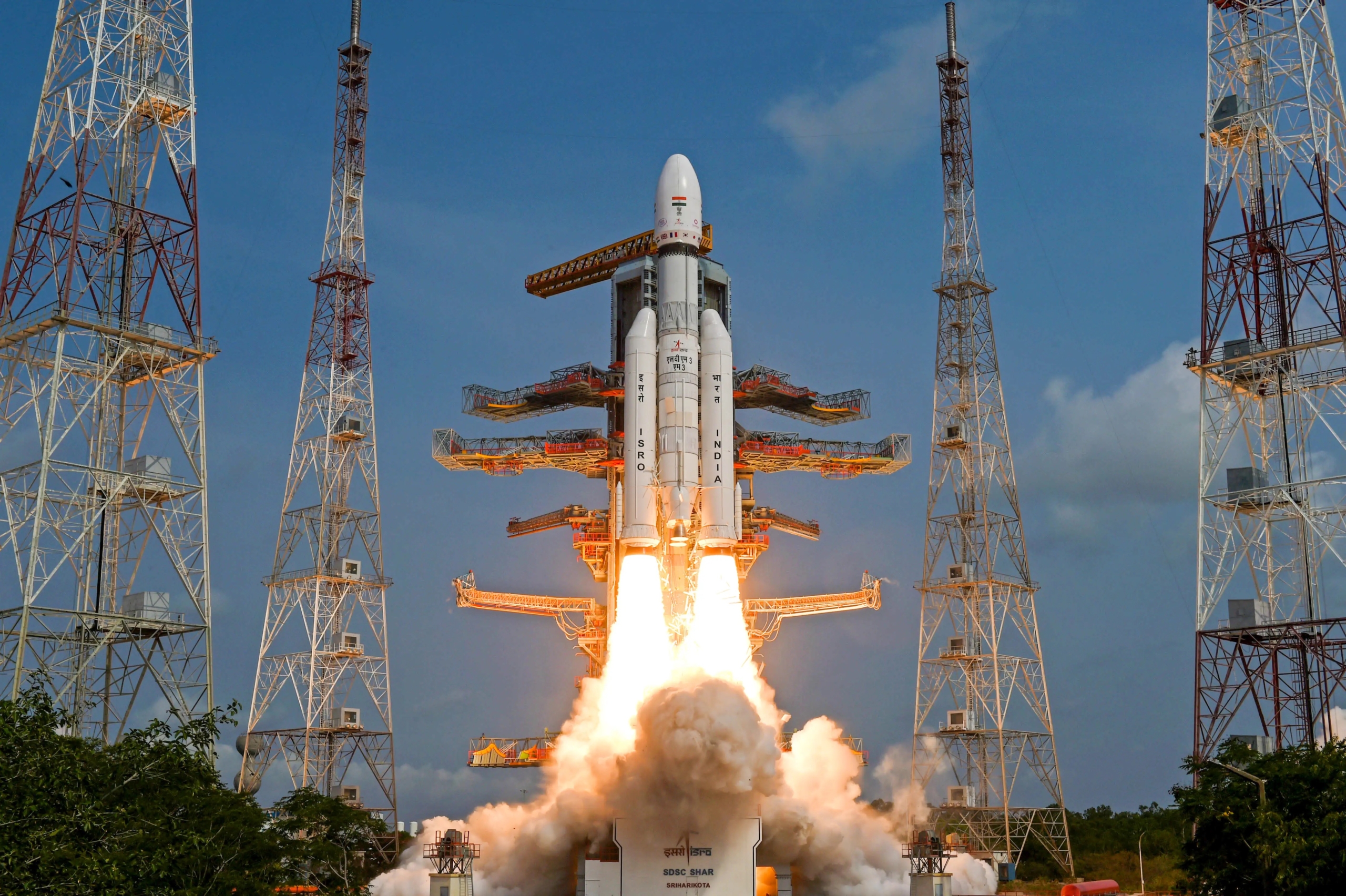
When India’s heaviest home-built communications satellite lifted off from Sriharikota on Sunday evening, it wasn’t just another launch. It was a statement of intent.
At precisely 5:26 p.m. local time on 2 November, the LVM3 rocket, India’s most powerful launcher, thundered into the sky carrying the Navy’s GSAT-7R satellite, also known as CMS-03. Within minutes, it had placed the 4,410-kg payload into a precise geosynchronous transfer orbit.
The mission, carried out by the Indian Space Research Organisation (ISRO), brought together several strands of India’s evolving space ambitions: a stronger defence network, a proven heavy-lift rocket, and a key test that brings the country’s first human spaceflight a step closer.
India launches GSAT-7R: a home-grown communications satellite for the Navy
Built entirely by Indian engineers, GSAT-7R will replace the decade-old GSAT-7, which has served the Navy since 2013. The new satellite carries high-capacity transponders to link ships, aircraft, and command centres across the Indian Ocean with secure voice, video, and data streams.
Defence officials said the system will expand maritime domain awareness and provide the Navy with uninterrupted communications, even in adverse conditions.
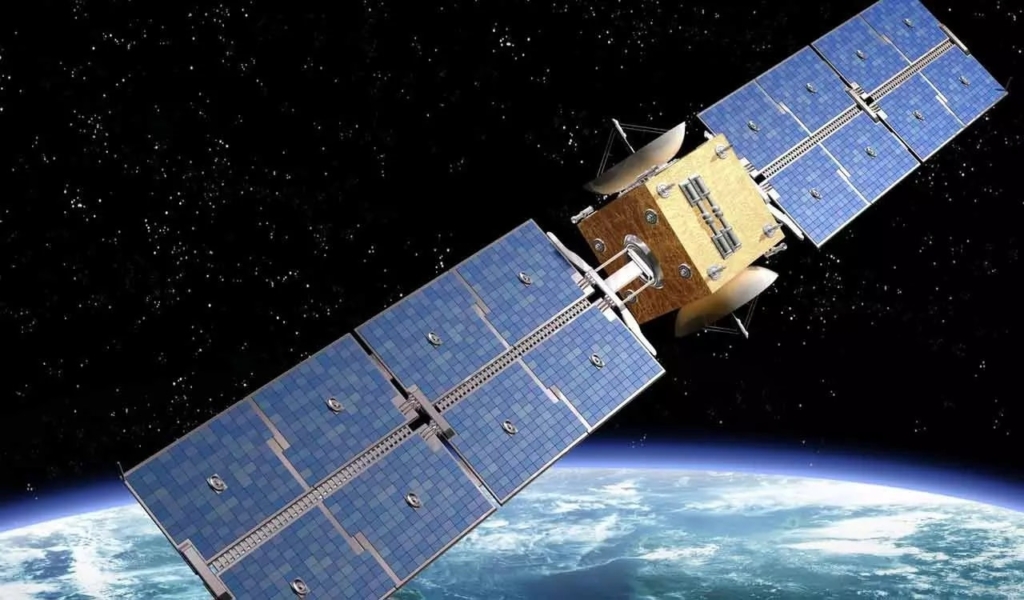
“It’s a big leap in how the fleet connects and operates across wide oceanic distances,” said a senior officer involved in the programme.
The launch also underscores India’s ability to do what it once relied on others for. In earlier years, satellites of this size had to be flown on Europe’s Ariane-5 rockets. This time, ISRO’s own LVM3 carried the load, the heaviest Indian-built satellite ever launched from Indian soil.
ISRO successfully reignites LVM3 cryogenic stage in orbit
Alongside the satellite success came a quieter but equally important breakthrough. For the first time, ISRO reignited the C25 cryogenic upper stage of the LVM3 while in orbit, a delicate manoeuvre that confirmed its stability and control in weightlessness.
“This in-flight test gives us valuable data for future missions,” said ISRO chairman Dr V. Narayanan. “It proves our cryogenic systems can be restarted in space, which is critical for complex and multi-satellite launches.”
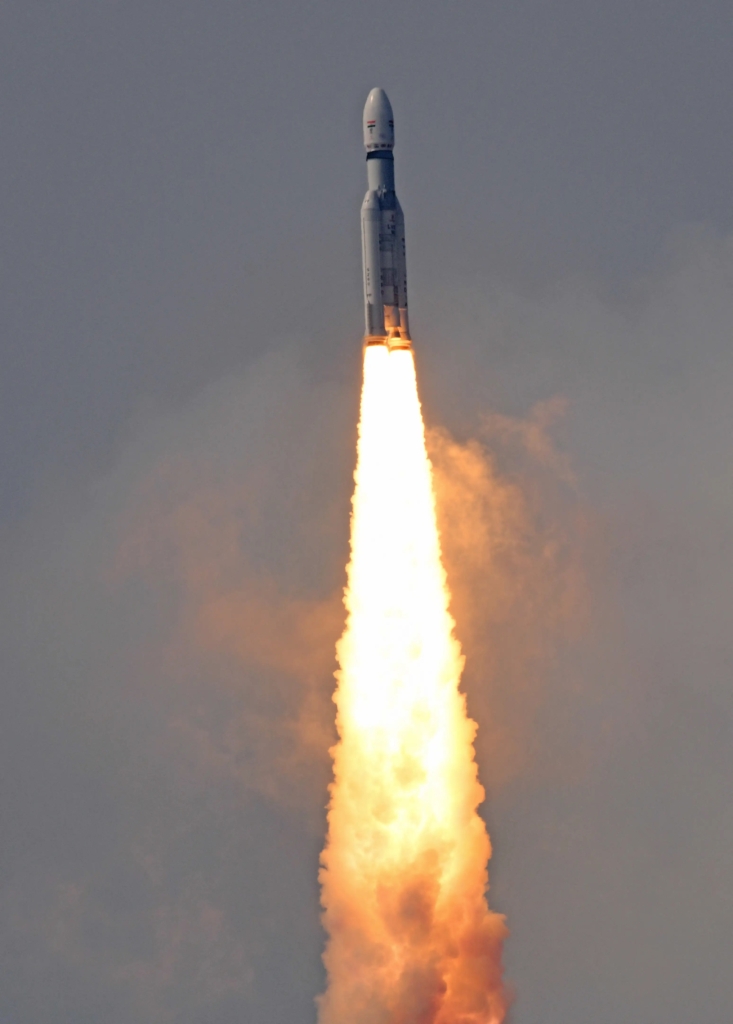
The C25 stage, which burns liquid hydrogen and oxygen, will soon evolve into a more powerful C32 version capable of lifting heavier payloads. It’s the same technology that will power the rockets used for India’s forthcoming human spaceflight under the Gaganyaan project.
ISRO’s Gaganyaan mission: building capacity for India’s first human spaceflight
Sunday’s success has a direct link to Gaganyaan, India’s first crewed mission planned for 2027. The Human-Rated LVM3, an upgraded version of the rocket that flew GSAT-7R, will carry a three-member crew to a 400-km orbit for a three-day flight before bringing them safely back.
Before that, three uncrewed test missions are scheduled, the first due in December 2025 with a robotic passenger named Vyommitra. These flights will test life-support systems, emergency escape mechanisms, and the all-important re-entry sequence.
“Most of the hardware for the first uncrewed mission has already arrived at Sriharikota,” Dr Narayanan said, adding that integration work is well underway. “Each success with LVM3 brings Gaganyaan closer to reality.”
ISRO’s LVM3 rocket ends India’s dependence on foreign launchers
Until recently, India depended on European and American rockets to lift its largest satellites. GSAT-11, GSAT-20, and others rode aboard Ariane-5 or SpaceX vehicles. That gap has now closed.
With LVM3’s proven record, ISRO can place four-tonne-plus satellites into orbit without paying foreign launch fees. It means future missions, from military communications to deep-space exploration, can be managed entirely in-house.
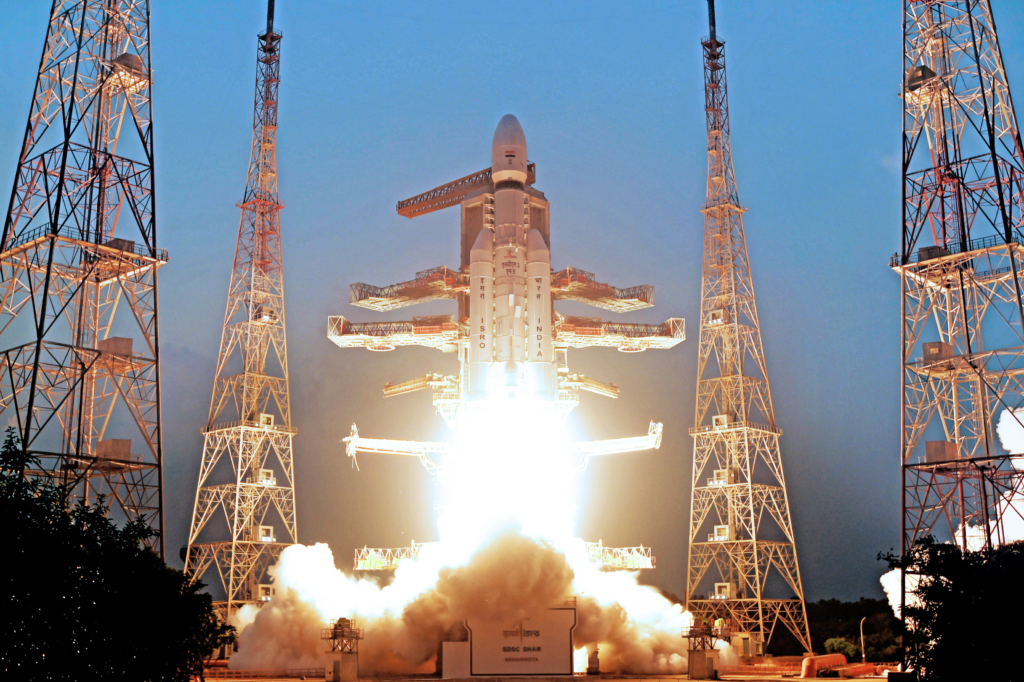
Engineers are already pushing the rocket’s performance envelope. The upcoming C32 engine, paired with a semi-cryogenic second stage using kerosene and liquid oxygen, will boost capacity by roughly 25 per cent. That would be enough to lift modules for India’s proposed space station in the early 2030s.
ISRO plans seven more launches by March 2026
ISRO’s calendar remains full. At least seven launches are planned before March 2026, including another LVM3 flight and several technology demonstrators.
For Prime Minister Narendra Modi, who congratulated scientists on social media soon after liftoff, the launch was another sign of what he called “India’s growing confidence in space and innovation.”
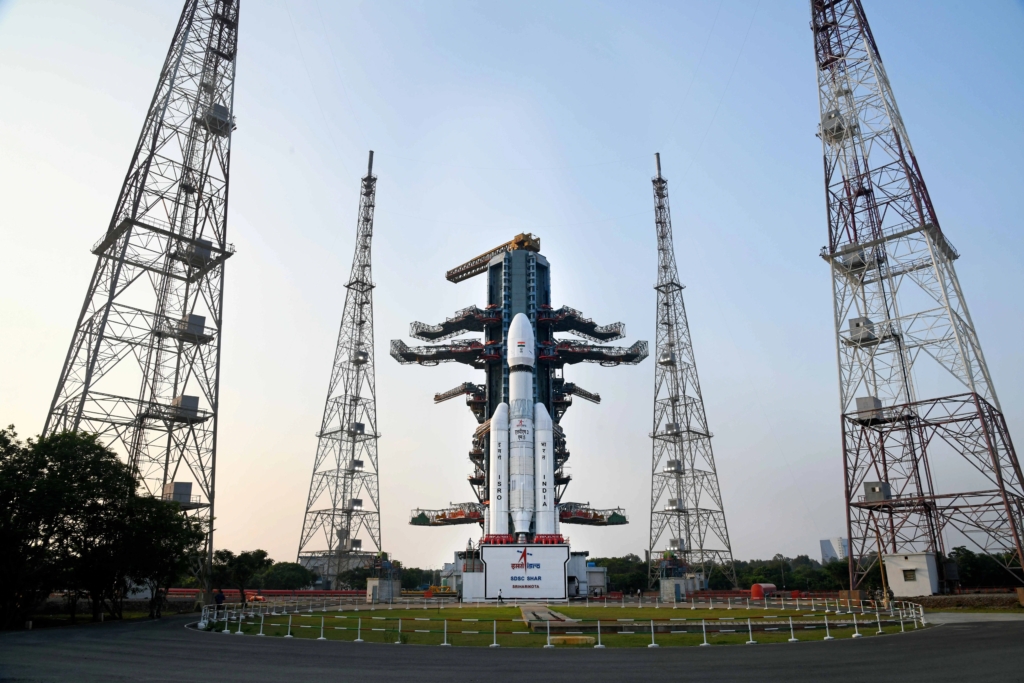
Inside ISRO, however, the tone was more measured. “This is a working milestone,” one senior engineer said at mission control. “It’s not a finish line but a foundation for what comes next: our astronauts, our own space station, and eventually, deeper missions.”
GSAT-7R success marks a new era of self-reliance in India’s space programme
GSAT-7R’s success does more than strengthen naval communication. It symbolises a quiet but deliberate transition from dependence to self-reliance, from purchasing technology abroad to building it at home.
The mission tied together years of incremental progress: indigenous components, cryogenic precision, and a rocket family now trusted for national-level missions.
As Dr Narayanan summed up later that evening, “Every flight like this adds another brick to the structure of an independent space nation. CMS-03 is more than a satellite; it’s a message that India is ready to stand on its own in orbit.”
















